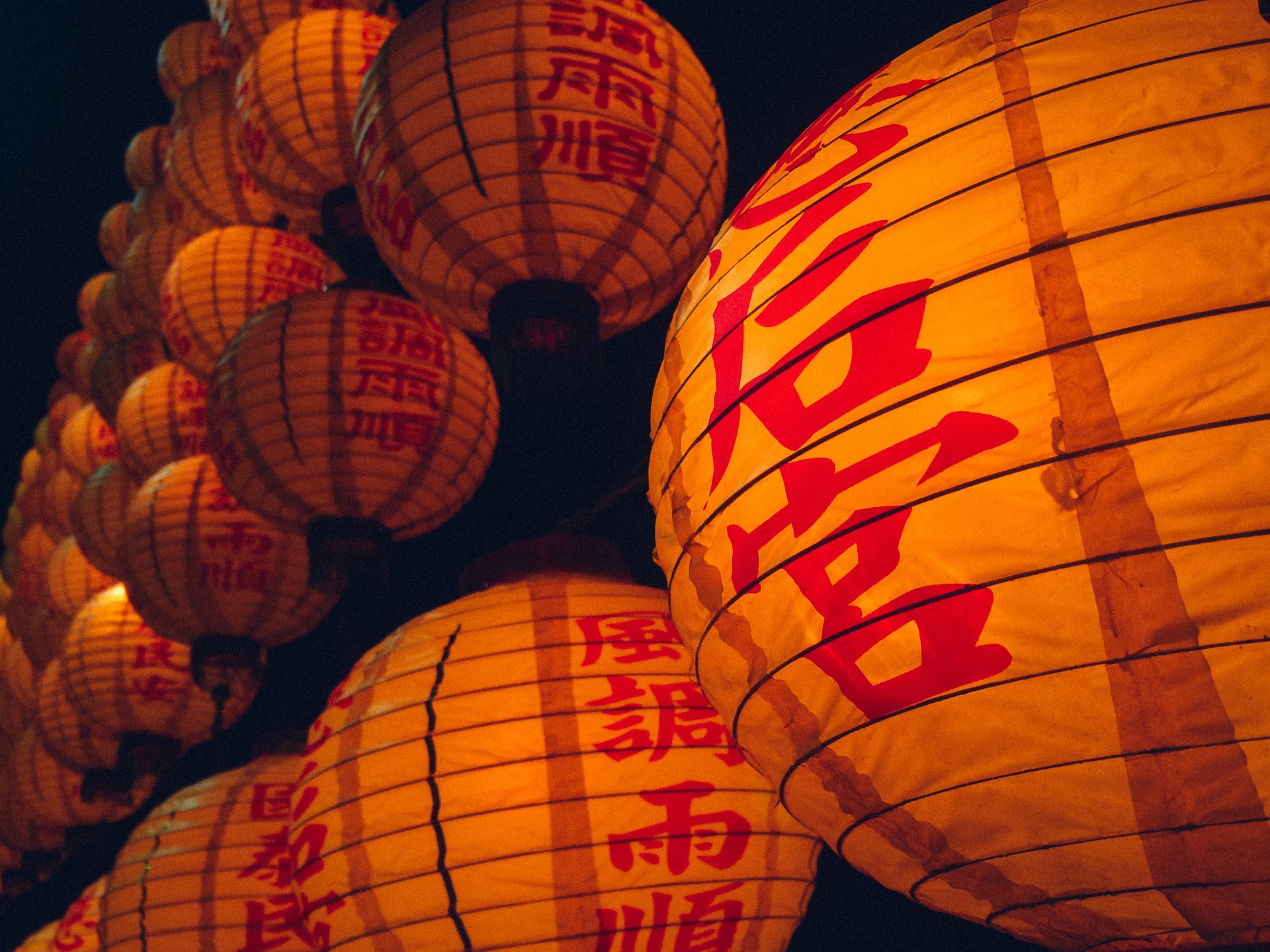New Year has always been the most popular holiday in China. The celebration of the Chinese New Year does not have an exact date and may fall between the end of January and the end of February. And February, as you know, is the last month of winter, and after it comes spring, the renewal of nature begins. That is why the New Year is also called the “Spring Festival” or 春节.
Chunjie is a family holiday. It is on him that the whole family seeks to get together. Everyone who is away from home rushes to their parents and loved ones. This time (2008), 春节 fell on February 6-7, and starting from mid-January, a period of intense work began for transport throughout China, which reached its climax by the beginning of February. It was extremely difficult to get tickets at this time for any transport.
Before the holiday, houses are cleaned up, people are buying new clothes and groceries. At this time, it is customary to hang on doors and windows paired calligraphic inscriptions made in black or gold ink on red paper. the Chinese color red is the color of the Sun, a symbol of joy, good luck. Usually these paired inscriptions express good wishes for the new year. Also, images of guardian spirits and a deity of wealth are pasted on the door in the hope that they will bring happiness and prosperity to the house. In addition, the doors are also decorated with the hieroglyph “happiness”, only upside down, because the inverted hieroglyph “happiness” means “happiness has come.”
Directly on New Year’s Eve itself, the whole family gathers at a large festive table. In the north of China, on this holiday, it is customary to eat dumplings, loved by the Chinese (jiaozi), and in the south, special cookies made from glutinous rice (niangao). Traditionally, on New Year’s Eve, people do not sleep and stay awake until morning.
On the first day after the New Year, it is customary to visit friends and exchange gifts. The celebration of the New Year itself is held with festivities and dances, in general, quite noisy. The deafening crackling of crackers is heard everywhere. It is believed that such a roar disperses evil spirits and will certainly bring happiness.
The holiday lasts two weeks and is replaced by the no less beloved Chinese Lantern Festival or 灯节 (Deng Jie).
Legend
The most famous legend about the Chinese New Year is about the scary beast “nanny” (年) , that always appeared on New Year’s Eve and ate people. Legend has it that nothing could defeat the beast and that every year he came back again and again, until people realized that he was afraid of loud sound and red. It is with this that they associate the tradition of blowing up firecrackers for the New Year and hanging paired inscriptions on red paper on the door of the house. By the way, there are a lot of versions of the legend…. Somewhere it is said that 年 was a dragon, and that people set fire to bamboo and threw them at it. The bamboo was torn from the high temperature, and 年 ran away. It is said somewhere that a wise old man said that 年 was afraid of loud sound and blood, so red paper was pasted on the door.
